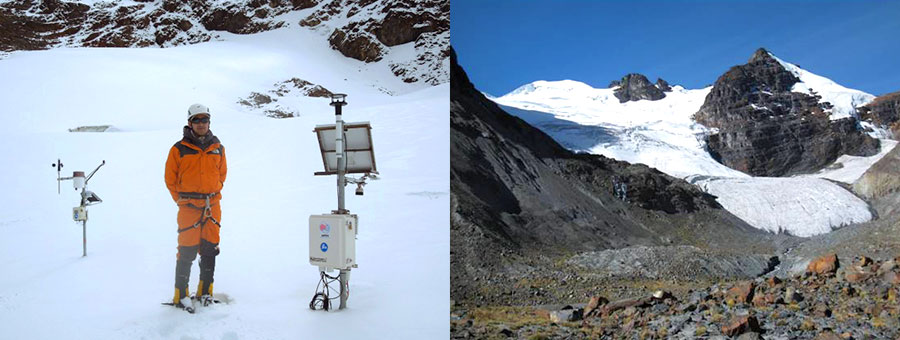The Research Institute of Engineering
 RIE adheres to the following four research policies, under which it carries out various projects.
RIE adheres to the following four research policies, under which it carries out various projects.
- Actively performs “LOHAS Engineering” research and development with our students for environmental preservation to achieve a sustainable society, with great care for the global environment.
- Classifies its research results as intellectual property helpful for technological innovations in businesses and activation of local industries, and benefits society in various ways.
- Appeals R&D results not only to our future engineering students, regional industries and municipalities but also the world through various communication media such as our web site.
- Develops and explores on a daily basis new research areas, by which it enhances the research content and quality of researchers aiming at nurturing engineers and researchers who lead the next generation.
- Organizes the most advanced R&D projects, and improves facilities and equipment required for research and development, thus furthering the advance of academic studies.
- Aims at expanding further R&D and prepares strategies for acquiring external funds to strongly support our researchers.
Research Activities Abroad
Our researchers actively conduct collaborative research domestically and internationally with foreign universities and research institutions, and technologies developed in the College are utilized abroad.
Joint Research on Water Resources Management Considering Climate Change and Tropical Glacier Retreat with the Higher University of San Andres, Bolivia
Glacier melt water is one of the main water resources in the capital of Bolivia. However, Bolivia needs to adopt new water resources since glaciers have shrunk due to climate change and water demand has increased with the increase in the population. Associate Professor Yoshihiro Asaoka at Hydrology and the Water Resources Engineering Laboratory of the Department of Civil Engineering have conducted glacier monitoring to understand the current states of glacier shrinkage and developed techniques to determine water resources in a joint research with the Higher University of San Andres, Bolivia. Joint research showed the impacts of glacier shrinkage on water supply in the capital area and provided Water Supply Organization in Bolivia with informative data for a water supply plan.

Contributing to Indian High Speed Railways and Building Smart Cities in India
Associate Prof. Sanjay Pareek is one of the first few leading Indian academicians in the field of Architectural Engineering continuing his career in Japan for over 30 years after his Ph.D. as well as faculty position at Nihon University. Prof. Pareek also leads catering holistically to infrastructure projects in India funded and facilitated by Japan like the north eastern roads, Shinkansen, coastal roads/bridges/tunnels and housing oriented projects. He was a Visiting Professor at the TU Delft in the Netherlands and MIT in USA during 2012-2013 and at IIT Kanpur in 2018. His research fields of interest include self-healing concrete, shape-memorable alloys, utilization of various by-products, durability of reinforced concrete structures and development of LOHAS materials and systems for building structures.

Finding Cancer Boundaries During Surgery for Most Efficient Long-term Treatment of Prostate Cancer
In collaboration with Luleå University of Technology and Umeå University, Sweden, Yoshinobu Murayama, an associate professor in electrical and electronics engineering, is developing a new method for detection of prostate cancer that can be used during the surgical removal of the prostate, localize cancer boundaries, and determine the level of aggressiveness of the cancer more accurately than existing methods. The final goal is to compile resonant sensor and fibre optic Raman spectroscopy into one portable instrument that can be used in vivo and can also be used for guiding biopsies. This can open up new possibilities for monitoring the early development of prostate cancer, significant to the field of cancer research as well as to patients and their relatives.

